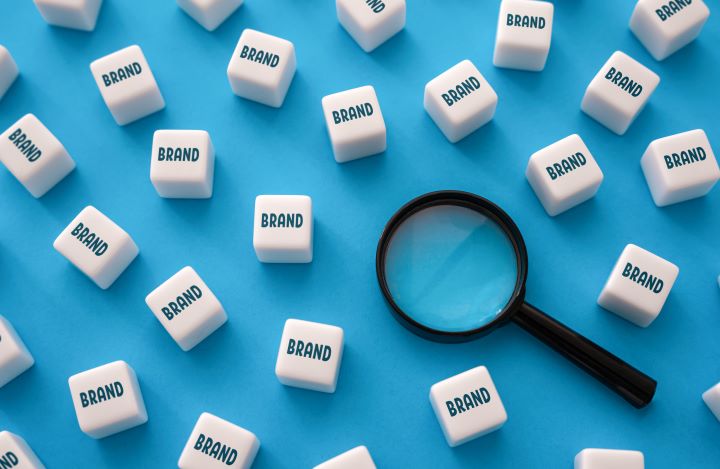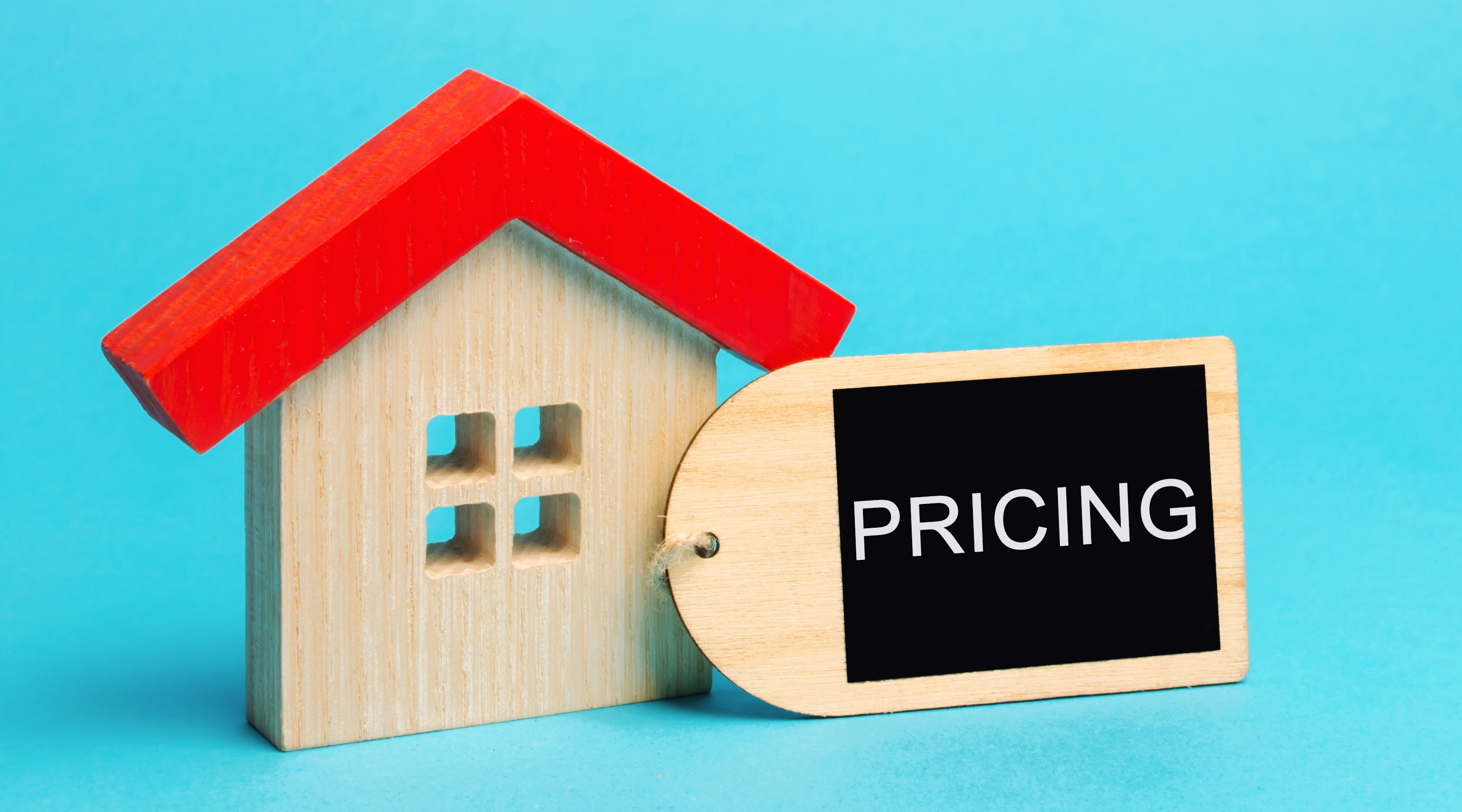Could Razor and Blade Models Be the Key to Your Business Success?
Could Razor and Blade Models Be the Key to Your Business Success?

The Razor and Blade Model, popularised by King Camp Gillette in the early 1900s, offers razors at low cost and expensive replacement blades. The biggest threat to this model is competition, so companies may prevent competitors from selling matching consumables. With trademarks, patents, and contracts, firms can maintain their monopoly and become industry leaders.
The model involves selling a product at a low cost or even giving it away for free, with the expectation of generating revenue from complementary goods or services required for its continued use. It is a strategy that has been employed in a variety of industries, from shaving to video game consoles, and has proven effective in creating a loyal customer base and increasing overall profits.
History Time!
The rich history dates back to the early 20th century. The model is named after the business strategy of King Camp Gillette, who founded the Gillette Safety Razor Company in 1901. At the time, razors were expensive and had to be sharpened regularly, imagine paying $20 per razor and then having to toss them whenever it got blunt, making them inaccessible to most people.
Gillette then had the idea of selling a low-cost razor with disposable blades, making shaving more affordable and convenient for the masses - for example, paying $2 for the razor and $5 for the replacement blades. Overall, $7 is still a lot more affordable than $20 each time you start growing a stubble.
How it would work was that the initial razor would be sold at a low price, sometimes even given away for free, but the real money was made by selling replacement blades (which people absolutely HAD to get in order to continue using the razor) at a premium price.
This model would go on to be a proven huge success, and the Gillette Company became one of the most profitable businesses in the world. Over time, the Razor and Blade Model has been adopted by many other industries, including printers, coffee machines, and even video game consoles. The model has proven to be effective in creating a loyal customer base, generating consistent revenue, and increasing brand awareness.
In recent years, this business model has become even more prevalent, with the rise of subscription-based services and software as a service (SaaS) companies. Companies like Amazon and Apple offer their hardware or software products at a low cost or even for free, but generate significant revenue from the sale of complementary goods or services, such as streaming services, cloud storage, or app downloads.
This model has proven to be especially successful for startups and small businesses, allowing them to enter the market with a low-cost product and then generate revenue over time from complementary products or services. Today, the Razor and Blade Model remains a popular business strategy, offering companies a way to attract customers and generate revenue over the long-term.
Benefits of Razor and Blade Models
The Razor and Blade Model has many advantages and benefits for businesses such as:
Loyal customer base
One of the main benefits is the creation of a loyal customer base. When a company offers a low-cost or free product to attract customers, it can establish a relationship with them that encourages repeat business. As customers become more familiar with a brand and its products, they are more likely to continue purchasing complementary goods or services, which leads to increased profits over time. This also helps to create a sense of trust between the company and its customers, which is crucial for long-term success.
Consistent revenue
By selling complementary goods or services at a higher price, companies can create a steady stream of income that is not reliant on one-time purchases. This can provide stability and security for a business, which can be particularly important during economic downturns or changes in the market. By diversifying their revenue streams through the sale of complementary goods or services, businesses can better weather uncertain times and emerge stronger on the other side.
Better control of their inventory and supply chain
This model also allows companies to better control their inventory and supply chain. By offering a low-cost or free product, companies can better anticipate the demand for complementary goods or services and make informed decisions about their inventory and supply chain. This can help to reduce waste and prevent overproduction, which can lead to significant cost savings and increased profitability.
Increase brand awareness and attract new customers

It can also help to increase brand awareness and attract new customers. It can help to increase visibility and customer acquisition, which can be especially important for startups and small businesses trying to establish themselves in a competitive market.
Drawbacks of Razor and Blade Models
While the Razor and Blade Model offers many advantages and benefits for businesses, it also has its drawbacks and challenges such as:
Pricing strategy
One of the main drawbacks of the Razor and Blade Model is the pricing strategy. In order for the model to work effectively, companies need to offer a low-cost or free initial product. This can be difficult to achieve, especially for startups or small businesses that may not have the resources to offer such a product. Additionally, companies may struggle to find the right balance between the cost of the initial product and the price of complementary goods or services. If the initial product is priced too high, customers may not be willing to purchase it, while if the complementary goods or services are priced too high, customers may feel that they are being taken advantage of.
A real-life example of this is the failure of the Amazon Fire Phone. Amazon tried to apply the Razor and Blade Model to their smartphone, offering the phone at a low cost and hoping to generate revenue from the sale of apps and other complementary services. However, the phone was priced too high and failed to attract a significant customer base, ultimately leading to its discontinuation.
Customer dissatisfaction
Another drawback of the Razor and Blade Model is customer dissatisfaction. Customers may feel that they are being "tricked" into buying complementary goods or services at a higher price, or may feel that the initial product is not of sufficient quality. This can lead to negative reviews, reduced customer loyalty, and ultimately a decline in revenue.
A real-life example of customer dissatisfaction with the model is the backlash against printer manufacturers such as HP and Epson. These companies sell printers at a low cost or even at a loss, and then make up for the loss by selling expensive ink cartridges. Many customers feel that they are being "tricked" into buying these expensive cartridges and are frustrated by the constant need to replace them. As a result, customers have left negative reviews for these products and have even created online communities dedicated to finding alternative ink solutions. This has led to reduced customer loyalty and a decline in revenue for these companies. In response, some printer manufacturers have attempted to address these concerns by offering refillable ink cartridges or by offering a subscription service for ink refills.
Too reliant on the sale of complementary goods or services
Another drawback is the potential for the company to become too reliant on the sale of complementary goods or services. If the company is unable to innovate or provide new complementary products or services, revenue may begin to decline. Additionally, if the company becomes too reliant on the sale of complementary goods or services, it may be more difficult to attract new customers who are not interested in those products or services.
A real-life example of this is the decline of Kodak. While Kodak was initially successful with its Razor and Blade Model of selling cameras and film, the company failed to innovate and keep up with new technologies. As a result, Kodak's revenue declined, and the company ultimately filed for bankruptcy.
Competitors offering similar products and services at a lower price
Finally, another drawback is the potential for competitors to enter the market and offer similar complementary products or services at a lower price. This can lead to a decline in revenue for the company, and may ultimately result in the failure of the business.
A real-life example of a competitor entering the market and offering similar complementary products or services at a lower price is the competition between Nespresso and Keurig. Nespresso pioneered the Razor and Blade Model in the coffee industry by selling coffee machines at a low cost and making up for it by selling expensive coffee pods. However, Keurig was able to enter the market and offer similar coffee machines and pods at a lower price. As a result, Nespresso has seen a decline in revenue and has been forced to lower its prices in order to remain competitive. This highlights the importance of continuous innovation and staying ahead of the competition in order to maintain success with this business model.
Strategies to succeed using razor and blade business models for new business owners
If you are just starting out with your business and considering using a Razor and Blade Model, there are several strategies you can use to increase your chances of success:
Focus on high-quality products
To avoid customer dissatisfaction, it is important to offer high-quality initial products. Customers are more likely to buy complementary products if they are satisfied with the initial product.
Companies like Microsoft and Sony sell their gaming consoles at a relatively low price or even at a loss, but make up for it with high-quality, exclusive games that can only be played on their respective consoles. They continue to make a profit by selling these games and other related accessories, such as controllers and charging docks.
For example, the Xbox Game Pass service offered by Microsoft is a subscription-based model that provides users with access to hundreds of high-quality games for a monthly fee. This model not only provides a consistent revenue stream for Microsoft but also keeps customers coming back to their platform to continue playing their favourite games.
Similarly, Sony's PlayStation Now service allows users to stream a wide variety of games on their PlayStation consoles, again providing a recurring revenue stream for the company. By providing these complementary services and products, these companies are able to build a loyal customer base that keeps coming back for more, leading to long-term success.
Offer unique complementary products
To differentiate yourself from competitors and encourage customer loyalty, consider offering unique complementary products or services that are not available elsewhere.
Apple is a prime example of a company that offers unique complementary products as part of its Razor and Blade Model. The company's iPhone is the initial product, which is priced competitively to attract customers. However, the real revenue comes from the complementary products, such as apps, music, and accessories, which are unique to Apple and not available elsewhere.
Price products and complementary products correctly

Pricing is key when it comes to this business model. The initial product should be priced competitively to attract customers, while complementary products should be priced at a premium to make up for the initial cost.
Similarly, in the world of consumer electronics, companies like Amazon and Google offer smart speakers like the Amazon Echo and Google Home at relatively low prices, but make up for the cost through the sale of complementary products like music streaming services or smart home devices. These complementary products are priced at a premium to cover the cost of the initial product and generate steady revenue over time.
Continuously innovate
To avoid competitors entering the market and offering similar products or services at a lower price, it is important to continuously innovate and improve your offerings. This can involve developing new complementary products, improving existing ones, or finding new ways to market your products.
Amazon is a company that has continuously innovated and improved its offerings as part of its business model. The initial product, Amazon Prime, is priced competitively to attract customers. However, the real revenue comes from the complementary products, such as free shipping and exclusive access to streaming content. Amazon has continued to innovate by adding new complementary products, such as Amazon Fresh and Amazon Music, to its offering.
Build customer loyalty
To ensure repeat business and increase customer lifetime value, focus on building customer loyalty. This can involve offering rewards or incentives to loyal customers, providing excellent customer service, or creating a sense of community around your brand.
Nespresso is a company that has built a strong sense of customer loyalty as part of its Razor and Blade Model. The initial product, a coffee machine, is priced competitively to attract customers. However, the real revenue comes from the complementary products, such as coffee capsules, which are priced at a premium. Nespresso has built customer loyalty by offering a wide range of coffee flavours and providing excellent customer service, which has led to a high customer retention rate.
Closing Words!
The Razor and Blade Model can be a highly effective business strategy when implemented correctly. By selling an initial product at a low cost and offering complementary products or services at a higher price, companies can create a steady stream of revenue and build a loyal customer base.However, as we have seen, there are also drawbacks to this model, such as the potential for customer dissatisfaction and the threat of competition. It is important for businesses to carefully consider these risks and develop strategies to mitigate them.
For small businesses just starting out, this model can provide a pathway to success. By focusing on offering high-quality complementary products or services that customers will value, even at a premium price, businesses can build a sustainable revenue stream and establish a strong brand reputation. But ultimately, the success of any business model depends on how well it is executed. By understanding the benefits and drawbacks of the business model, and implementing it in a way that aligns with their business goals and values, companies can create a thriving and profitable business.

